Clipart tagged: ‘marsh birds’

Coot Head
"Fulicia. Coot. Bill and frontal plate much as in the Gallinultes. Body depressed; the under plumage…
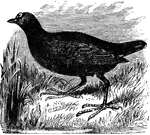
Gallinule
"Gallinula. Gallinules. Water Hens. Mud Hens. Bill not longer than head, stout at base, tapering, compressed,…
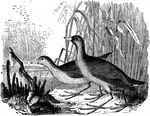
Carolina Rail
"Porzana carolina. Carolina Crake. Common Rail. "ortolan." Above, olive-brown, varied with black, with…

Clapper Rail
"Rallus longirostris crepitans. Clapper Rail. Salt-water Marsh-hen. Mud-hen. Above, variegated with…
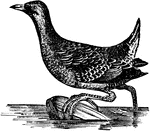
Small Carolina Rail
"Porzana carolina. Carolina Crake. Common Rail. "ortolan." Above, olive-brown, varied with black, with…
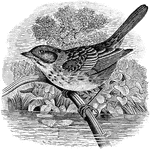
Swamp Sparrow
"Melospiza palustris. Swamp Song Sparrow. Crown bright chestnut, blackening on forehead, the red cap…
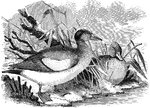
American Wigeon
"Mareca americana. American Wigeon. Bald-pate. Bill grayish-blue, with black tip and extreme base; feet…